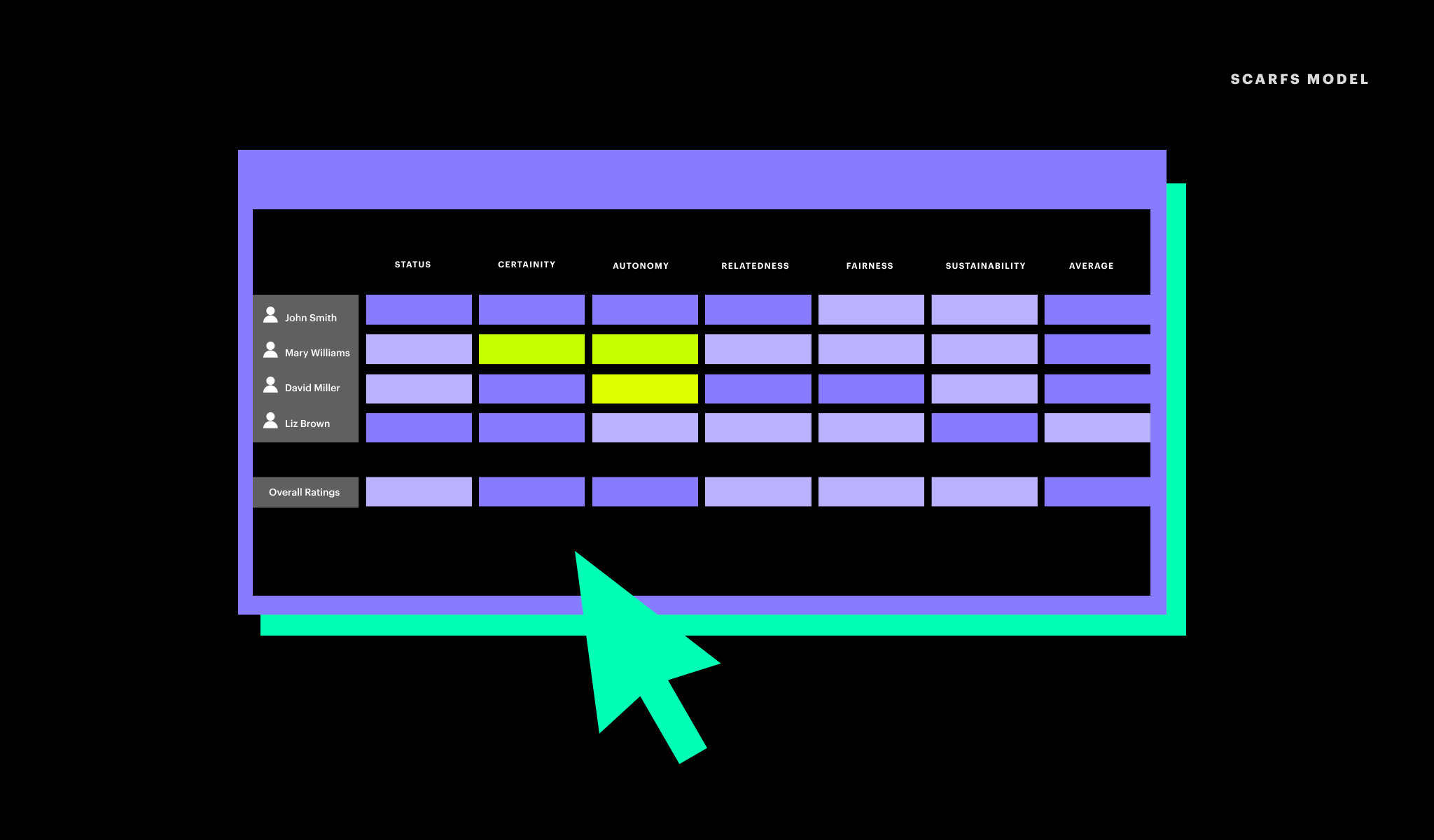How to create a strong perception

The operating model includes a studio of multidisciplinary “pods” each in charge of progressing a single idea and staffed with relevant disciplines. In addition, there is a portfolio management function in charge of determining which new ideas move into a pod, as well as inside-out and outside-in inspiration functions in charge of sourcing new opportunity areas for future innovation.

Framework 5: H2A
The hypothesis-to-action process, run in two-week sprints, ensures that all ideas are assessed fairly and killed as quickly as possible to re-allocate funding to more promising ideas.

MIND
Mind work includes the skills and competencies that the organization needs to operate the body. If you have a mind problem, you don’t have the right people to run the processes and contribute content and subject matter expertise.
Framework 6: Basadur Innovation Profile
Mind work often includes using the Basadur Innovation Profile to increase awareness of how individual and collective preferences for different parts of the innovation process can impact the work and continuously delivering just-in-time teaching of new skill problem solving skills. This may include opportunity mapping, design research, business design and rapid prototyping and testing. At the end of each quarter, we codified our learnings and shared new methods for use within and beyond the innovation organization.

SOUL
Finally, the Soul motivates individuals inside of the innovation function by forging new rituals to work productively while also ensuring team health. If an organization has a Soul problem, employees don’t believe leadership is committed to transformation because their behaviors do not reinforce the ambition. Important leadership behaviors include separating process from content and championing agile ways of working for business activities, adding increment planning, sprint kickoff meetings and daily standups serving as forums for process discussion, and sprint closeouts and office hours provided adequate time and space to solicit feedback on work products.
Framework 7: SCARFS
Innovation brings new ways of working and often sees employees working at pace and at the edge of their capabilities. As such, regularly checking in on team health and how individuals are processing the experience is essential. Our team uses the neuroscience-based model known by the acronym SCARF to evaluate how teams are doing across six key elements of psychological safety, satisfaction and productivity. We have improved it for innovation purposes, adding a second “S” to understand the individual and collective sustainability of our pace.

While all these practices are essential to collective success, one of the most critical practices is that our team doesn’t design and walk away. We think of key roles within the operating model as “2-in-a-box,” meaning a member of the Prophet team is paired with a client so that learning and application is in real-world work, not merely a theoretical application in a workshop. This approach allows everyone to win and learn.
Lorem ipsum dolor sit amet, cu his justo ornatus oporteat, ea eius erant qui, in alia congue eos. Usu iusto vidisse mentitum cu, sed periculis adipiscing id.
Cu nam decore petentium, cum no dico laudem. Duis postulant an est, doming quaestio efficiantur vel ex, cibo discere repudiare quo.